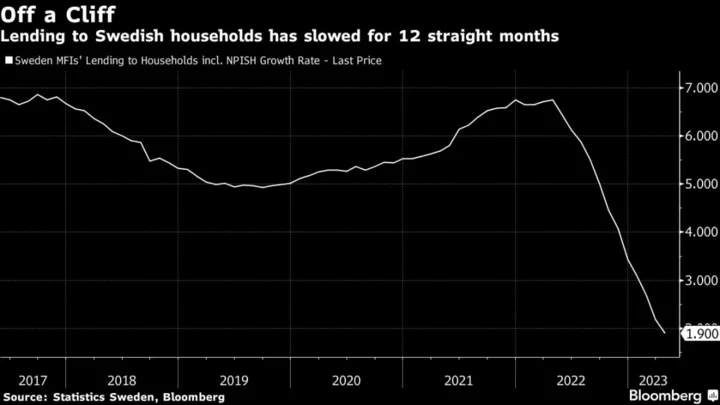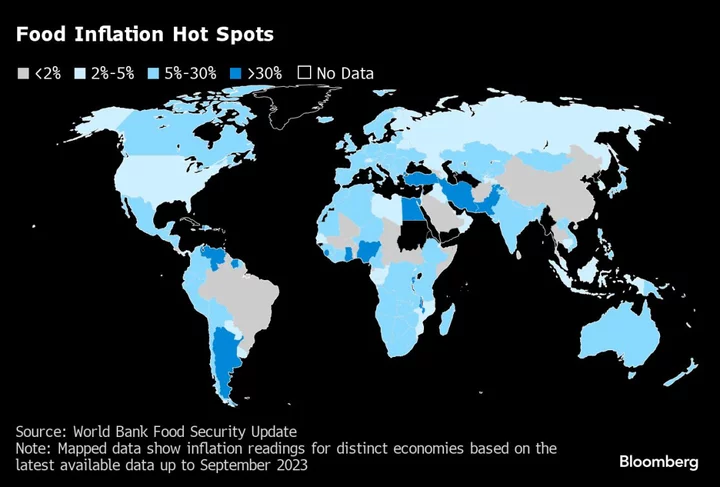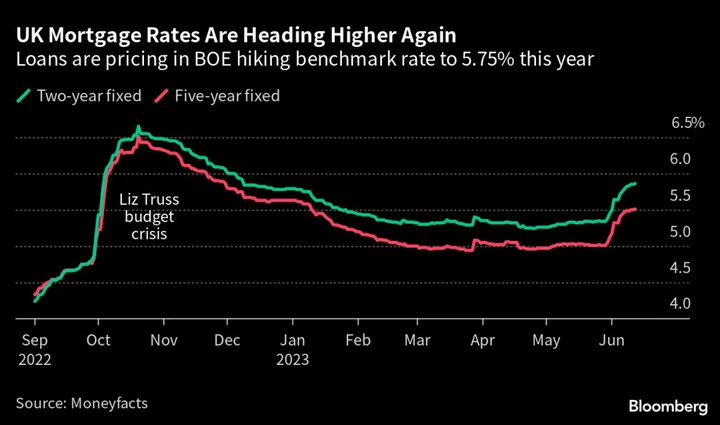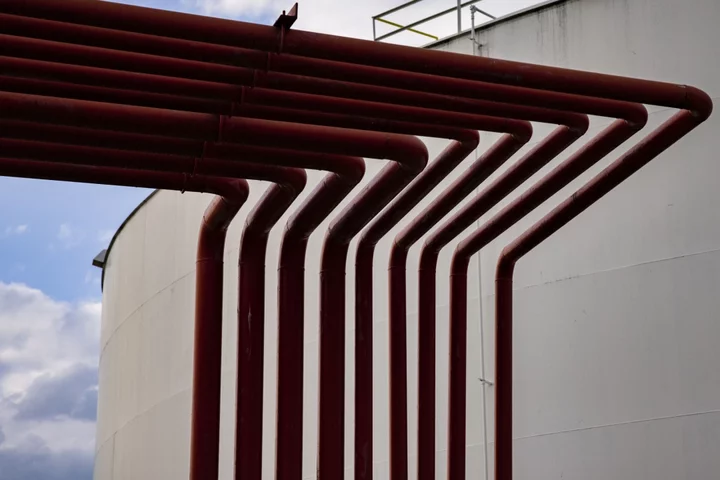India’s retail inflation rose more than estimated in June on spiraling food prices, reaffirming expectations of a hawkish hold from the central bank for the rest of the year.
After moderating for four months, consumer price inflation accelerated to 4.81% in June, compared with a 25-month low reading of 4.25% in May, Statistics Ministry data showed Wednesday. A Bloomberg survey of economists had expected a gain of 4.6%.
Food prices, which make for about half of the CPI index, rose 4.5%, while fuel and light prices gained 3.9%. Clothing and footwear prices increased 6.2% and housing prices rose 4.56%. Core inflation, which strips out volatile food and fuel prices, rose 5.2%, from 5.15% in May.
An impact on supply chains and crops due to an erratic weather may fan the prices further. That means the Reserve Bank of India will take longer to reach the mid-point of its 2%-6% target, delaying a pivot to rate cut to support growth. It left the rates unchanged in the last two meetings to see the impact of past hikes on inflation.
Volatile vegetables components — tomato, onion and potato — have topped the forecasts by a wide margin and the full-blown impact will be felt more severely next month, said Shubhada Rao, an economist with QuantEco Research.
“Added to this we have cereal and pulses further escalating food prices. RBI will clearly be driven to review their second quarter forecasts,” she said, predicting a status quo on rates in the current financial year that ends March 2024.
High borrowing costs may further dent demand in Asia’s third-largest economy where growth has lost pace tracking a global slowdown. It may also pause the rally in India’s stocks which have touched record highs, according to some market watchers.
A jump of more than 400% in the prices of tomato since the start of the year will likely push up inflation beyond the RBI’s target ceiling in the July reading due next month.
Prices of tomato, onion and potato — key ingredients in an Indian meal — are major contributors to volatility in retail inflation, even if they make up a small portion of the index, according to a study by the RBI.
Weaker monsoon in some parts of the country and floods in other areas is contributing to soaring prices of vegetables and pulses. After months of blistering heat, northern India is seeing deluge that has led to a widespread damage.
Read: Delhi Sees Wettest July Day in Decades as Rains Lash India
The central bank will carefully parse through the data before its Aug. 10 decision. In the June meeting, the rate setters said they would keep a close vigil on upside risks to inflation, including the spread of the monsoons and geopolitical tensions.
The intensity of the rise in prices of perishable items “has shocked everyone” but the RBI may remain on a prolonged pause as the spike was led by supply-side factors, Garima Kapoor, an economist with Elara Securities India Pvt. said in an interview on Bloomberg Television earlier on Wednesday.
While the El-Nino weather pattern poses a threat to the monsoons, cooling of demand from China is leading to global disinflation and some of the negative news on the inflation front should get “somewhat balanced,” she said.
Data released separately showed industrial production rising 5.2% in May, higher than the Bloomberg survey estimate of 5%, led by strong infrastructure and capital goods output.
“Sticky core inflation, partly the result of resilient demand and economic activity, suggests probability of a rate cut early in 2024 is now lower,” said Saugata Bhattacharya, an economist with Axis Bank.
--With assistance from Tomoko Sato, Atul Prakash and Muneeza Naqvi.
(Updates with details throughout.)









